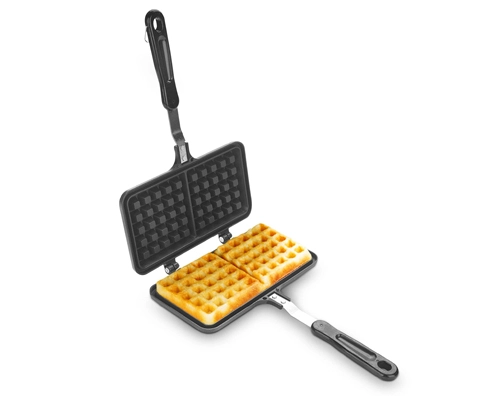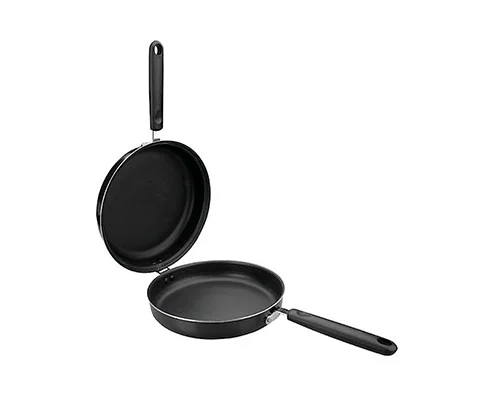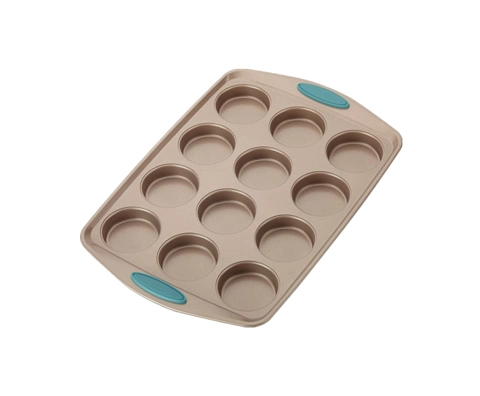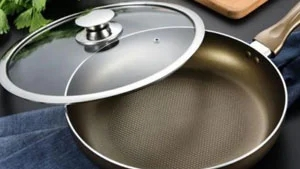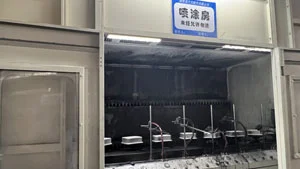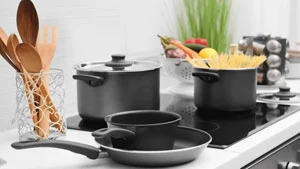Non-stick pans are non-stick, fuel-efficient, have light fumes, and require no cooking skills. They've won over many home cooks in recent years.
However, non-stick pans are not as scratch-resistant as iron pans and have a shorter service life. When does it need to be replaced? Is peeling coating harmful? This is a question that concerns everyone.
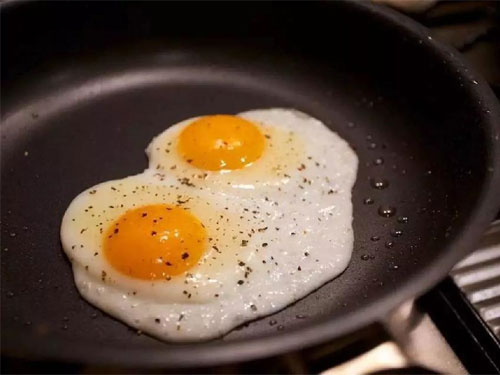
A common coating material with a good non-stick effect on the market now is polytetrafluoroethylene (PTFE), also known as Teflon. It has good non-stick properties and is affordable.
The upper-temperature limit of Teflon material is 250℃. Usually, the product manual will say "high-temperature resistance 250°C" or there will be relevant signs and instructions.
Although many non-stick pans add different mineral particles and other ingredients, they still rely on the blessing of Teflon material to complete the non-stick coating.
There are rumors that Teflon is poisonous. This understanding is one-sided and even excessively distorts the facts.
The rumor that "non-stick coating is toxic" is actually due to limitations of the previous production process. The production of PTFE requires the use of perfluorooctanoic acid (PFOA), a carcinogen.
With the innovation of the Teflon production process, PFOA is no longer needed.
Teflon itself is very safe and stable:
Resistant to strong acids and alkalis, most organic solvents do not react with them;
Does not decompose below 400℃, and can be used for a long time below 260℃ (this is why many non-stick pan instructions say "high-temperature resistance 250℃");
It will not be absorbed by the body and there is no risk of poisoning (if the coating falls into the dish, it will be harmlessly excreted after consumption).
When cooking at home, the temperature in the pot is only about 200°C, and frying generally does not exceed 250°C, which cannot reach the decomposition temperature of Teflon at all.
The service life of non-stick pans is generally 1 to 5 years. If used correctly and the coating is properly maintained, it can last longer.
However, if the coating is damaged, such as serious scratches on the pot's surface, mottled coating, sticking to the pot, etc., from a safety perspective, the pot should be replaced with a new one. Don’t wait until the metal pan wears out before you consider replacing the pan!
Since the base material of most non-stick pans is aluminum alloy, the exposed aluminum alloy material may precipitate heavy metal ions under friction, which may cause health risks over time.
For example, in some aluminum alloy rice cookers, after the non-stick coating of the inner pot is scratched, the alloy is exposed, and heavy metals such as lead are very harmful to health.
Therefore, once the scratches on the coating become dense, the pan should be replaced with a new one before it peels off. Moreover, if it is not replaced in time, you will find that the non-stick effect of the non-stick pan is no longer as good as before, so it is best to replace it as soon as possible.
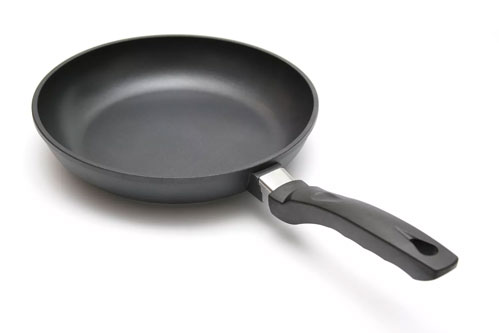
 English
English 中文
中文 日本語
日本語 한국어
한국어 français
français Deutsch
Deutsch italiano
italiano Suomi
Suomi dansk
dansk Svenska
Svenska
